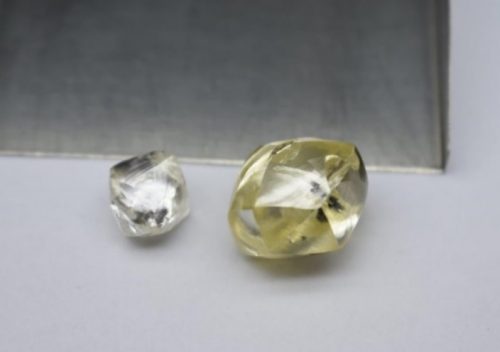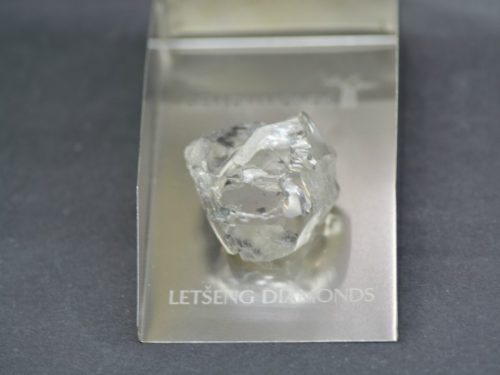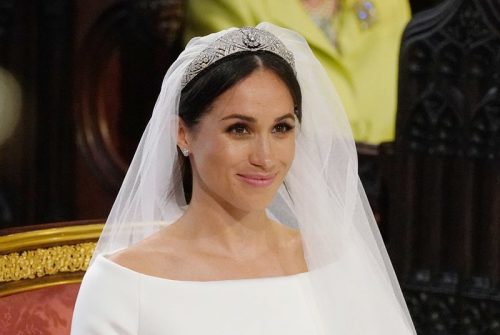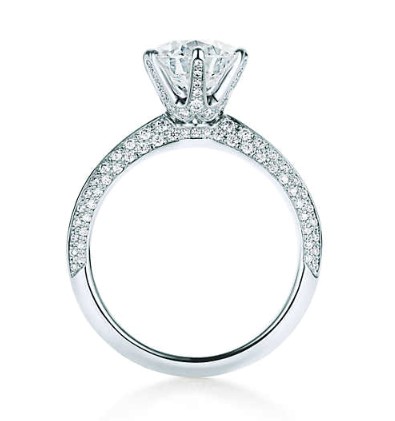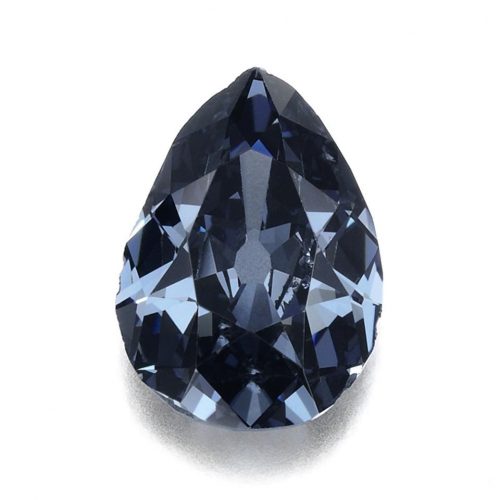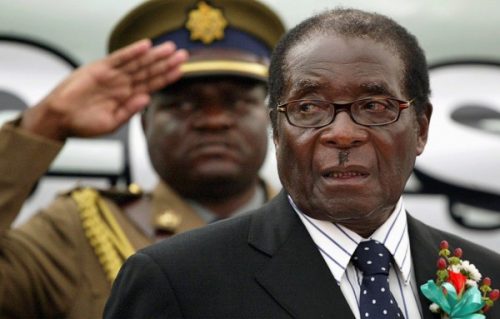
Date set for Mugabe diamonds hearing
Robert Mugabe to give evidence on Wednesday about diamond corruption alleged to have cost billions of dollars[…]
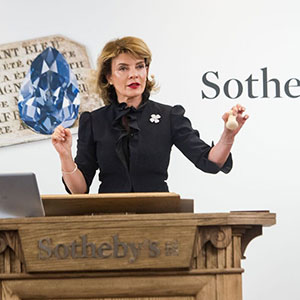
Rare Diamonds Blow Away Estimates at Sotheby’s
The 6.16 ct. Farnese Blue nabbed $6.7 million ($1.09 million per ct.), a substantial improvement over its[…]
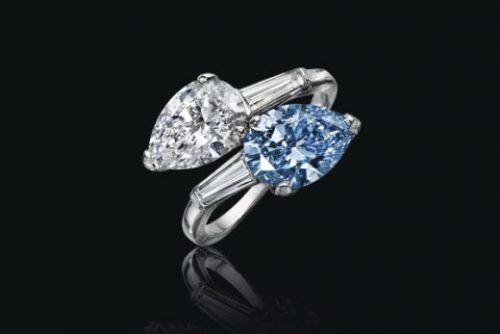
Blues Lead Fancy Colour Prices
2.10 carats, with fancy vivid blue color and VS1 clarity, the other weighing 1.98 carats, with D[…]
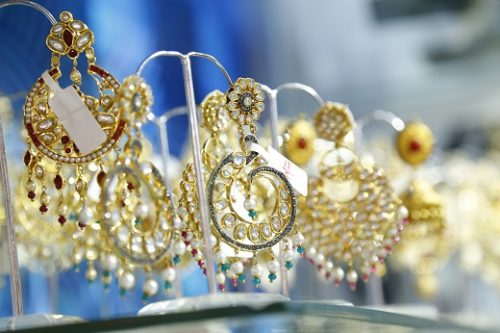
Diamond Organizations Launch Banking Platform
Diamond & Jewellery Financing 2018 Mitigating Risks Efficiently
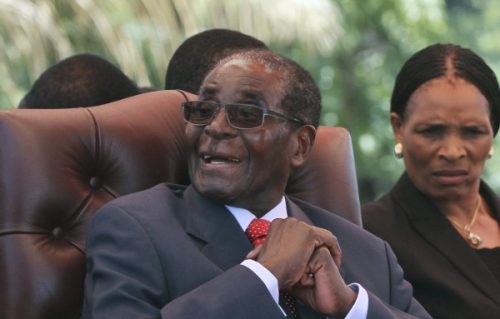
Robert Mugabe’s appearance in diamonds inquiry delayed
The 94 year old Mugabe had been summoned to appear before the mines and energy committee on

